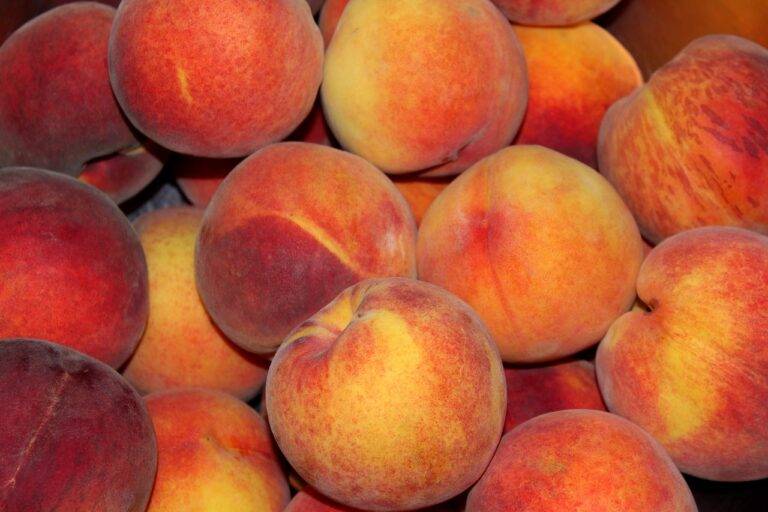The Evolution of Food Packaging: From Leaves to Plastics to Sustainable Alternatives.
In ancient times, food packaging was a crucial aspect of preserving and transporting goods. Various materials were used by different civilizations to store and protect their food items. For example, Ancient Egyptians used clay pots and reed baskets to store grains and other perishable items. These containers helped in safeguarding food from pests and spoilage.
Similarly, in Ancient Rome, amphorae made from clay or ceramics were used to store liquids such as wine and olive oil. These containers were designed with a narrow neck to prevent spillage and contamination. The Romans also used amphorae to transport these goods over long distances, showcasing an early form of food packaging for travel and trade.
Innovations in Food Packaging During the Industrial Revolution
During the Industrial Revolution, advancements in technology revolutionized food packaging processes. Innovations such as the development of canning techniques by Nicolas Appert and later perfected by Peter Durand, allowed for preservation of food for longer periods. This method involved sealing food in tin containers, providing protection against spoilage and enhancing the shelf life of various food products.
Another notable innovation during this period was the introduction of glass jars as a packaging solution. This advancement provided a more transparent and airtight option for storing food, ensuring freshness and quality. By utilizing glass jars, food manufacturers were able to appeal to consumers with a packaging material that not only preserved the contents effectively but also allowed for easy visibility of the products inside.
How has food packaging evolved over time?
Food packaging has come a long way from using leaves and hollowed-out gourds in ancient times to more advanced materials and techniques during the Industrial Revolution.
What were some key innovations in food packaging during the Industrial Revolution?
Some key innovations during the Industrial Revolution included the invention of canning, the development of glass bottles for preserving liquids, and the introduction of tin containers for storing food.
How did these innovations impact the food industry?
These innovations revolutionized the food industry by allowing for longer shelf life of food products, easier transportation, and improved hygiene and safety standards.
Were there any challenges faced during the implementation of these innovations?
Challenges such as cost, availability of materials, and resistance to change were faced during the implementation of these innovations in food packaging.
How have modern advancements further improved food packaging?
Modern advancements such as vacuum packaging, modified atmosphere packaging, and biodegradable materials have further improved the efficiency, sustainability, and safety of food packaging.





